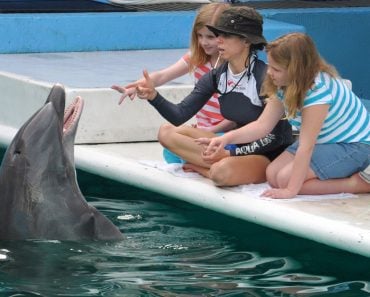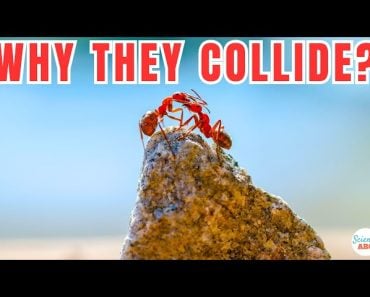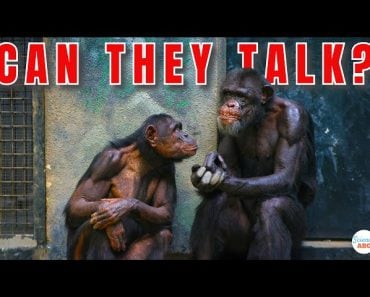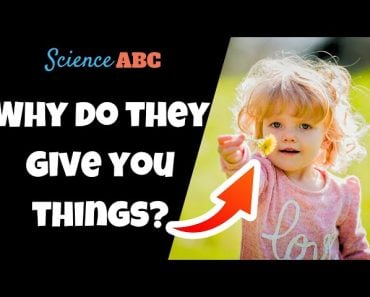Table of Contents (click to expand)
In the 1960s and 70s, psychologists worked with and fostered primates, especially chimpanzees, to see if the primates could pick up sign language. One chimp, Washoe, was the first chimp to learn sign language, communicating with her human foster parents and professors of psychology, Beatrix and Allen Gardner. Though chimpanzees can pick up sign language, their grammar abilities do not develop to the extent of humans.
Did you know that chimpanzees share nearly 98% of DNA (deoxyribonucleic acid) with us? This is why we share so many of our features with them, from colorful facial expressions and walking on two legs to being capable of hugging and grooming. Chimpanzees have proven themselves to be the smartest primates on our planet, second only to human beings.
Their intelligence, ability to use tools and attain food, and ability to acquire skills raised an interesting question: Can chimpanzees learn human languages, specifically sign language?
In this article, we will focus on one chimpanzee who did just that.
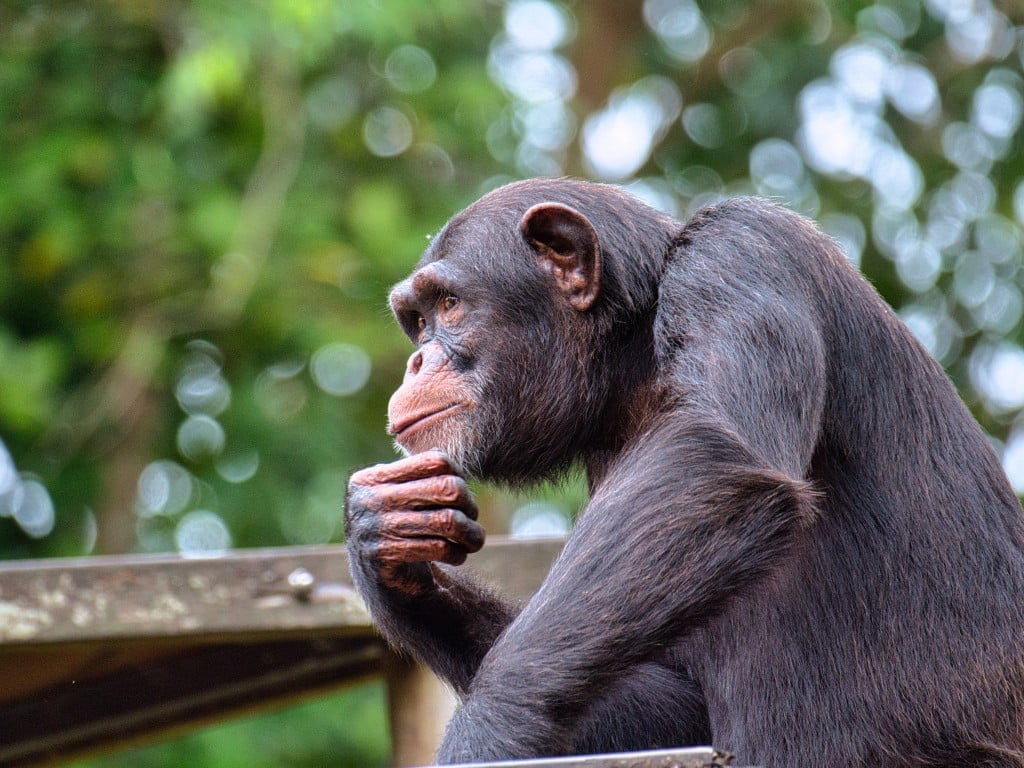
Recommended Video for you:
Washoe
In arid Reno, Nevada, in the middle of the scorching month of June 1966, Beatrix and Allen Gardner—professors of psychology with the aim of pioneering sign language studies in chimpanzees — met a 10-month-old baby chimpanzee for the first time. They named her Washoe, after Washoe County, where Reno is located. The Gardners intended to teach little Washoe how to communicate with human beings through American Sign Language, or ASL. She would go on to be the first ever chimpanzee to learn sign language.
Allen and Beatrix Gardner cross-fostered Washoe. “Cross-fostering” refers to the act of raising an offspring of a species by a member of another species. Washoe enjoyed many comforts in her adopted life. She lived in a trailer in the Gardners’ backyard with her own furniture, kitchen and bathroom. She had her own toys to play with, clothes to wear and even her own toothbrush.
Washoe was provided with all the comforts that a small child could ever dream of. She also had dinner with her foster parents and enjoyed frequent rides in the Gardners’ car.
Washoe’s trainers never used vocal communication when they were around her. They only used sign language, in an effort to encourage her to use those same signs. She was also encouraged to use her own baby versions of the signs.

Creation Of New Words
By the time Washoe was around three years old, she was capable of signing more than one hundred words! She could identify things and name them perfectly, from words like airplane, banana and woman to pronouns like you. She could also use multiple words at a time, framing small sentences.
What surprised everyone was her ability to create new words and phrases to describe novel things. She was able to express a sign of her own creation for the word “bib”. She also signed her own word for swan, calling it a “water bird”. Washoe’s ability to use existing words to describe new and unknown words took the world by storm, as it was an ability previously limited to human beings
Here are some of the phrases Washoe signed to express herself.
“Roger Washoe tickle”
“Gimme tickle/Gimme more tickle”
“Gimme please food”
“Hurry gimme toothbrush”
“You out go”
Watch more of Washoe communicating here.
Why Sign Language Specifically?
Why were we trying to find out if chimpanzees could learn sign language? Why not teach them oral speech?
To understand why linguists were specific about teaching chimpanzees (and other primates, such as bonobos and gorillas) sign language, we first need to look at how human beings produce speech.
Human beings use a combination of three mechanisms to speak: the lungs, which provide air and energy; the vocal folds, which produce sounds in the larynx — a tube that connects to our respiratory system; and finally, the mouth, which shapes and manipulates air with the help of our teeth, tongue and other parts of the mouth to create speech.
Chimpanzees and other primates, on the other hand, are incapable of producing the wide variety of sounds that a human can. This is purely because chimpanzees and other primates do not have motor systems that are compatible with speech production.

In the 1930s and 1940s, two attempts were made to teach chimpanzees how to speak. Their efforts were met with no success.
Gua the chimpanzee, who was taken care of by Luella and Winthrop Kellogg, was able to understand about one hundred words! However, she did not speak any of those words. Conversely, Viki the chimpanzee, who was taken care of by Catherine and Keith Hayes, learnt with great difficulty to “speak” four (ultimately seven) poorly pronounced words, including mama, papa, up and cup. Listen to her here!
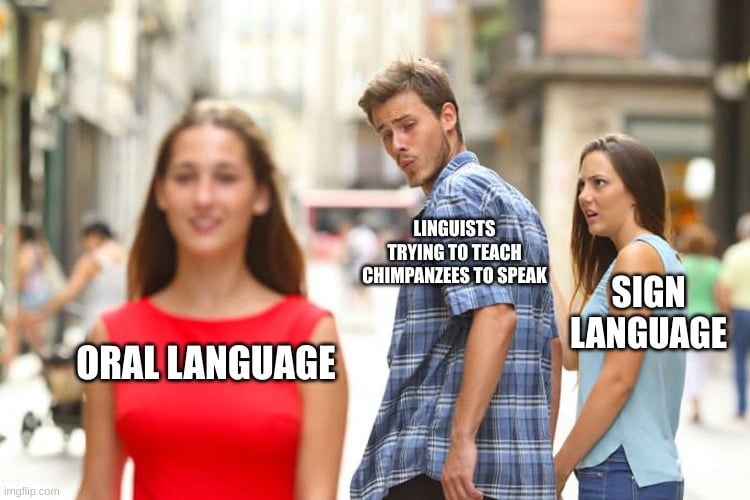
Washoe lived with the Gardeners until the 1970s, after which she was left in the care of Roger Fouts, one of her caretakers. In 1980, she was shifted to Central Washington University, where she lived until her demise in 2007 at the age of 42. During her time at the university, she taught her adopted son, Loulis, how to sign too! That made Loulis the first ever non-human primate to have been taught sign language from another non-human primate.
Researchers working with Washoe were amazed to see that she and the non-human primates taught sign language at later stages would actively communicate with each other in sign language.
Insights such as these reflected the potential explanations that exploring the psychology of animal behavior could truly have.
Conclusion
In short, yes, chimpanzees can learn sign language if they are taught from a very young age.
Washoe, along with her non-human primate friends, such as Tatu, Moja and her son Loulis, learnt how to sign and actively communicated with each other in sign language. They could express their needs and desires for activities and treats with ease. However, it was noted that they had trouble socializing with other chimpanzees.
Being surrounded by humans all their lives robbed them of their natural habitat, to the extent that Washoe once expressed shock at the fact that she was not the only chimpanzee in the world. So, although chimpanzees can learn to communicate with human beings, it is considered selfish and unethical to remove a species from their habitat purely for our convenience and benefit.
References (click to expand)
- Chimpanzee facts for kids | National Geographic Kids. National Geographic Kids
- Speech Production – Introduction to Sensation and Perception. pressbooks.umn.edu
- Yule G. (2020). The Study of Language. Cambridge University Press
- Sebeok T. A.,& Umiker-Sebeok J. (2012). Speaking of Apes: A Critical Anthology of Two-Way Communication with Man. Springer US
- Friends of Washoe. friendsofwashoe.org





